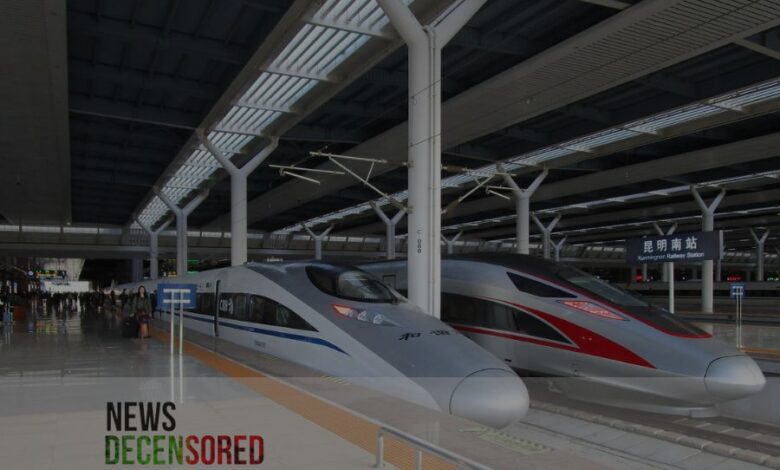China is going to connect Southeast Asia by high-speed bullet trains

Analysts say that as a result of China’s improvement in the construction of a high-speed railway system in Europe and Asia, this country with a large industrial output will be able to provide goods and products to different countries quickly at a time when the pressure on supply chains to transport goods has increased tremendously.
According to the state-run Chinese-language Financial News website, the China Development Bank approved the project and announced support for the construction in December, and is now bringing goods from China abroad. The railway network is being modernized.
Southeast Asia’s first bullet train operation started in Indonesia with the help of China in October 2023. To connect China’s Laos railway with Bangkok, a second high-speed railway system is on the way in Thailand but is now facing delays and construction costs. Its government is expected to complete the full operation in 2028. But the Chinese government is still sticking to its timeline.
After the completion of this line, the further plan is to expand into northern Malaysia where it will connect to the capital Kuala Lumpur.
Travel and consumer trends analyst Gary Bowerman, founder of Check-in Asia says that China has boasted the world’s largest high-speed railway network and is going to export its infrastructure technology into different countries.
The bank will provide key support for warehousing, logistics parks, improved distribution systems, and comprehensive transport projects, the report said. The railway express freight route from China to Europe is 12000 kilometers long, passing through the borders of different countries.
Experts have said that as a result of modernizing the railway line on this eleven-year-old route, trains will be able to run at a higher speed. He said the improvements would ensure trains could continue to run despite the fighting in Ukraine, while delays in shipping goods by sea due to the pandemic would also be dealt with.
As a result, Chinese exports will reach European markets more regularly, and will also be able to benefit from imports from other continents.
James Berkley is a consultant with Ellis Consulting Company in London. He said exports from China to foreign countries were affected due to the COVID-19 lockdowns and fighting in Ukraine. He said that while sea transportation continues, railways can become an important alternative.
In China’s main business hubs, Shenzhen and Shanghai, where everything from telephones to motor vehicle parts are manufactured, the lockdown hit industrial production and slowed product shipments. These cities of 2.6 million people have now been reopened after several weeks.
After Russia’s invasion of Ukraine in February, rail traffic between the continents was disrupted, affecting shipping to Europe.
The Financial News added that innovation and efficiency in the railway system are in line with Chinese President Xi Jinping’s ‘Belt and Road Initiative’. The eight-year-old project, worth more than four trillion dollars, aims to modernize infrastructure in twenty countries, to improve trade routes.




